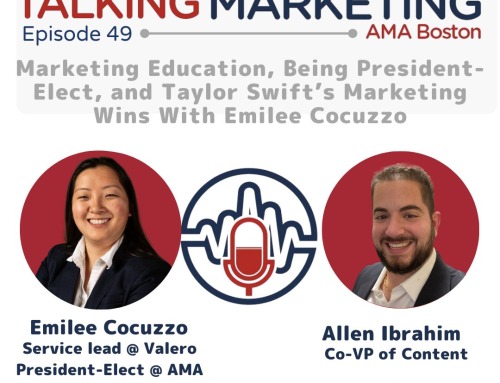It’s hard to find any sector of the U.S. economy that hasn’t been heavily affected by the COVID-19 pandemic, and the sports world is no exception. At the high school levels, a lack of sports didn’t mean much more than some sad kids and parents, but at the major colleges, and exponentially more for professional athletic organizations, there was fair reason to believe that we wouldn’t see sports all year.
With some innovative thinking (certainly, in part, motivated by money), all major U.S. sports leagues were, indeed, able to have a season in 2020, with countless stipulations and changes to make things work while keeping the coronavirus at bay. Most sports, including baseball and football, limited fans and utilized rapid testing of the players and staff each day, following trips home and things of the like.
For professional basketball, however, they took it a step further and competed in a “bubble,” with all members of all teams convening in Orlando where they entered a strict no-in, no-out campus that housed them and provided facilities for the games.
Right alongside all these teams innovating ways to play their respective sports were their marketing teams, dealing with their own issues, especially those related to fan-less games like with the National Basketball Association. Here are 3 ways that sports marketers have been able to adapt and overcome in the COVID times.
Globalize
Historically, major sports teams, both at the collegiate and professional levels, have made a large portion of their income on event tickets for in-person viewing of a given event. With little-to-no tickets being sold for current sporting events, there’s not much of a motive to market locally, as most people in a metropolitan area already like their local team (or don’t care enough to be convinced to do so now).
With that in mind, reaching new audiences has a twofold appeal, as it is time better spent than marketing locally to people who can’t buy tickets anyway, and COVID has also led to increased internet traffic, including social media. Exploring new ways to tap into global markets, especially those previously unfamiliar with a given sports team, is time well spent during a period in which local advertising is somewhat pointless from a bottom line standpoint.
Diversify
Some sports are more accessible and easier to social distance with, and if your sports team is out of work, it might be time to look for new opportunities for marketing. Sports psychology and marketing strategies aren’t all that different, and getting mentally ahead of your opponent is a key component of each. For marketers, your opponents are your competition, and as major team sports continue to face many issues related to COVID (including outbreaks), individual sports look a lot more appealing. Sports such as golf and tennis have been holding all of their major events without many issues (or fans, of course).
Extreme sports like surfing and skateboarding are also being televised at a pretty good clip, and as winter gets closer, so does a swarth of athletes competing in individual events who could be beacons of sports marketing.
Get Historical
When fans can’t watch their current teams play, they can still get a bit of a fix by watching their old teams in the glory days of the past. The Michael Jordan documentary, The Last Dance, was, by far, the most watched program on ESPN when all sports were on hiatus at the beginning of the stand down periods. Finding ways to remind your teams’ fans of the glory days can help build excitement for whenever the time comes where they can all join in with the chants and cheers at their favorite stadium!






